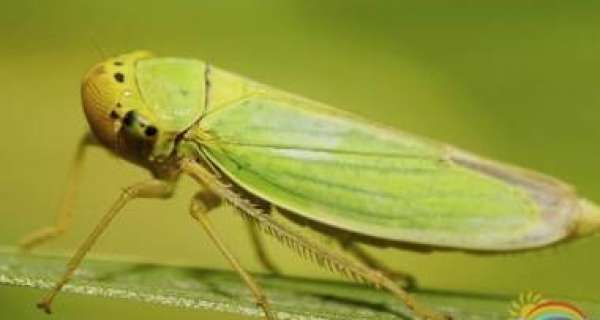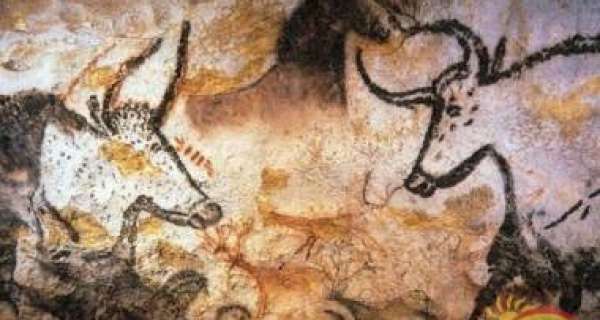A grapefruit is about twice the size of an orange, and certainly much larger than a grape. Yet it is named after the grape. If you were ever to walk through a grapefruit orchard, you would probably see the reason why. This heavy fruit hangs down in clusters just as grapes do, and the clusters may be of from three to 18 fruit. So it got its name because of this resemblance.
The Spaniards, who brought the orange and the lemon, also brought the grapefruit to Florida and the West Indies. But the tree was grown only for its beauty in gardens. It has sweet-scented blossoms and dark glossy leaves.
Very few people ate the fruit in olden times. They didn't like the slightly bitter taste. So whoever owned grapefruit trees would let the ripe fruit fall to the ground and rot there.
It was actually visitors from the north of America who first created the demand for grapefruit. In the late 19th century they began coming down to Florida by rail-road to spend the winter. They got to like the grapefruit and wanted to have it when they returned home.
The first shipments were sent to New York and Philadelphia between 1880 and 1885. For the first time, a market for grapefruit was developed. Then grapefruit orchards were set out in California, but on a smaller scale than in Florida. Today the fruit is cultivated in parts of Texas, Arizona, Cuba, and Jamaica.
The grapefruit tree is small, reaching a height of about 7.5 meters. There are several varieties, but the best known are the Duncan, the Marsh seedless, and the Walters.
#toknowmore.com















